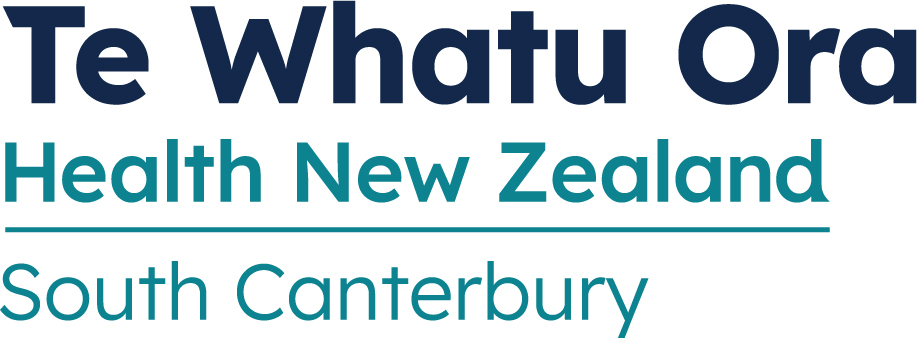14/02/2022
HEALTH WARNING REMOVED FOR ALGAL BLOOM AT PAREORA RIVER AT SH1
South Canterbury DHB’s Community and Public Health unit has lifted its algal bloom health warning issued along the Pareora River at SH1
Recent cyanobacteria surveys of the Pareora River has shown the cover of potentially toxic algae (benthic cyanobacteria) in the river has reduced and is now below levels that are of concern to public health.
South Canterbury Medical Officer of Health Dr Ramon Pink says Environment Canterbury’s monitoring of Pareora River will continue to the end of this summer and then will resume next summer when there is increased likelihood of cyanobacteria growth.
Canterbury DHB’s Community and Public Health unit has issued a health warning for Pareora River at SH1
The warning follows finding moderate to high cover of potentially toxic algae (benthic cyanobacteria) in the Pareora River at SH1
People should avoid the area and animals, particularly dogs, should not be allowed near the water until the health warning has been lifted.
There are also other access points along the Pareora River that may have benthic cyanobacteria present. People are advised to treat every low-flowing river cautiously, check for the presence of benthic cyanobacteria and avoid contact.
Dr Cheryl Brunton, Canterbury Medical Officer of Health, says the algae look like dark brown to black mats and can produce toxins harmful to people and animals.
“Exposure may cause skin rashes, nausea, stomach cramps, tingling and numbness around the mouth and fingertips.
“If you experience any of these symptoms, visit your doctor immediately, also let your doctor know if you’ve had contact with dark brown/black algal mats or water in this area,” Dr Brunton says.
Pets that show signs of illness after coming into contact with algal mats should be taken to a vet immediately.
People and animals should remain out of the waterways until the warnings have been lifted.
Environment Canterbury is monitoring the sites and the public will be advised of any changes in water quality.
Facts about cyanobacteria:
- Appears as dark brown/black mats attached to rocks along the riverbed.
- A low cover of the algae can occur naturally but can increase rapidly during warmer months. Algal blooms are influenced by a combination of available nutrients in the water and sediments (such as nitrogen and phosphorus), a sustained period of low and stable flows, and favourable weather conditions (e.g. increased temperature, calm days).
- It often has a strong musty smell and algal toxin concentrations can vary over short periods.
- Although high river levels will remove the algal bloom, detached mats can accumulate along the shore and increase the risk of exposure to toxins.
- If a health warning is in place avoid contact with the water.
- Although district or city councils may place warning signs, these may not be seen at the numerous river access points, hence the need for people/ dog-walkers to treat every low-flowing river cautiously.
For further information visit
https://www.lawa.org.nz/explore-data/canterbury-region/
Or contact Community and Public Health on (03) 364 1777:
https://www.cph.co.nz/your-health/recreational-water/
For more information about Mahinga Kai:
https://www.cph.co.nz/wp-content/uploads/saf0112.pdf
ENDS
Media contact:
Karen Berry
Communications Manager
South Canterbury District Health Board
P: 03 687 2395 | M: 021 139 7442
kberry@scdhb.health.nz
